How to Make a Simple Pleated Face Mask with FREE pattern (& VIDEO)
The message is clear: stay home, save lives. But is there anything else we can do in the midst of this battle? Having asked myself this very question, I started sewing face masks at home to give for others in need.
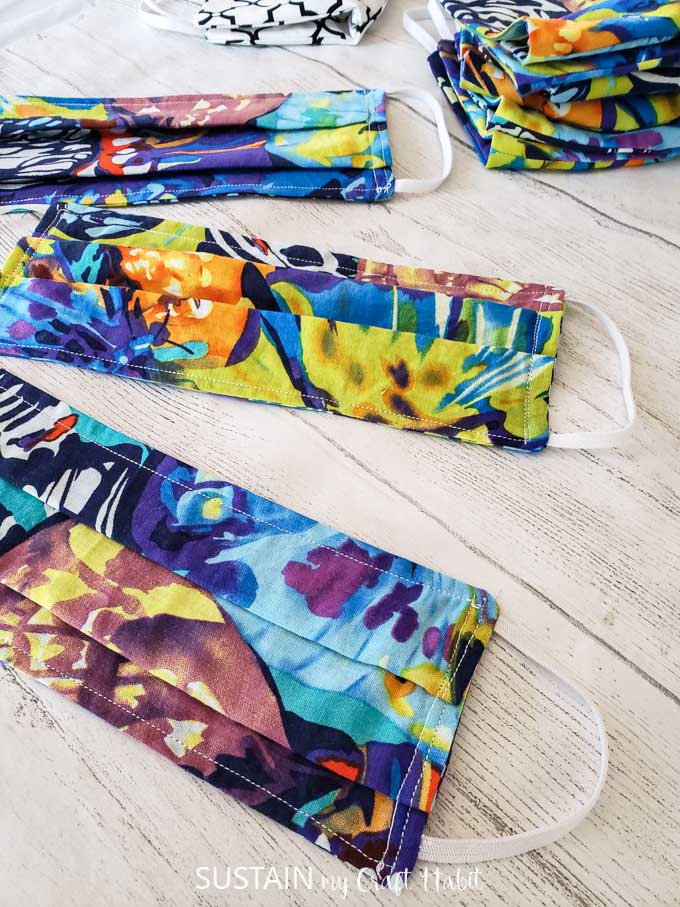
As we continue to fight the battle against COVID-19, many of us are doing our part by staying home and practicing physical distancing. Although this may not always be possible, especially for the essential workers. So using materials I had leftover in my fabric stash, I’ve been steadily sewing face masks for the last several weeks and sending them to friends and loved ones that need them.
We’ve also created a printable pattern for a fitted face mask along with the step by step instructions on how to make them. These fitted face masks can be made with built in openings for inserting filters.
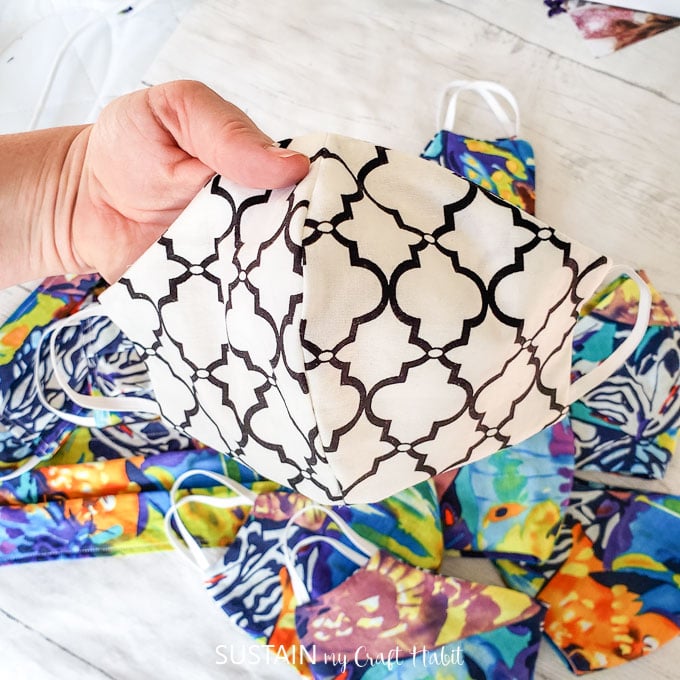
In addition, we’ve just added the pattern for kid’s face masks as well.
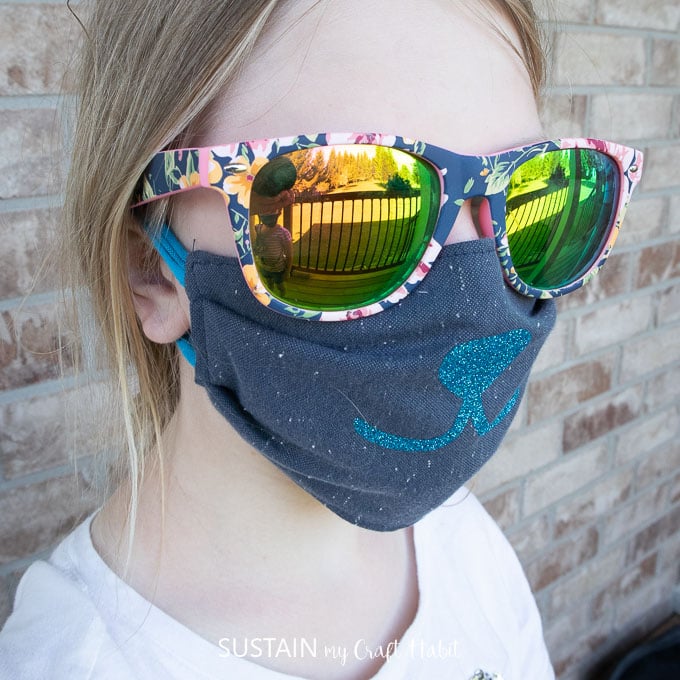
Adding a Nose Wire
Nose wires are great as they help the mask to fit snugly around the nose giving them a more comfortable fit. To add a nose wire to your fitted face mask with filter pocket, head to this post here.
Materials Needed to Make a Simple Pleated Face Mask:
Disclosure: This post contains affiliate links for your shopping convenience. Should you choose to purchase through them, we will make a small commission at no extra cost to you. You can read our full disclosure policy here.
- Free Printable Pleated Face Mask Pattern (adult size); refer to this post for the YOUTH size pleated fabric mask pattern
- Flat, tightly woven fabric**, 100% cotton
- Flat elastic, ¼” wide*
- Sewing Machine
- Fabric Scissors
- Pins
**Which Fabrics to Use for General Use Face Masks?
Choosing the right fabric is very important when it comes to making masks. It is best to use a woven fabric, one that doesn’t have any stretch (as opposed to a knitted material, such as t-shirts; which are stretchy by nature). A tightly woven fabric (in a medium weight) is less permeable and also will ensure the mask won’t loose it’s shape after wear.
UPDATE: The WHO (World Health Organization) recommends using 3 layers of fabric for non-medical fabric face masks: outer layer to be water resistant; inner layer to be water absorbent and the middle layer to be a non-woven filter. Refer to the WHO’s video for how to wear a mask for more details.
*What are some elastic options?
I’ve been using a flat elastic but other types such as hair elastics, bungee cords or stretchy elastic headbands will do the trick if in a pinch. Of course comfort is key so you want to choose something that won’t hurt the ears. If you’re finding it hard to come by elastic these days, another option is to make t-shirt yarn and use that instead.
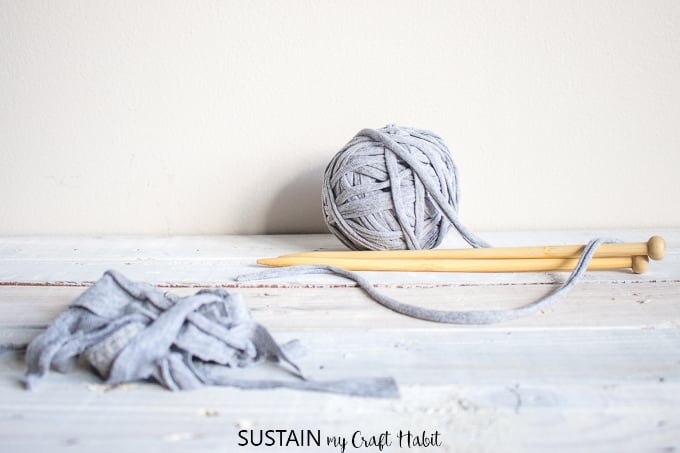
How to Make a Mask: Simple Pleated
To help with your face mask making we’ve created this video which shows how you how to make the pleated mask, even using upcycled shirts. If you prefer the written tutorial, read on below.

Lay your fabric out on a flat surface. Place the free printed pattern on the fabric and cut out or alternatively, cut out two** rectangles measuring 6.5” high by 9.5” wide.
**To adjust the face mask according to the WHO’s recommended 3 layer fabric mask, cut three rectangular pieces instead of two and work the following sewing steps in the same way (but with an additional layer).
Cut two pieces of flat elastic 5” long.
Sew the ends of the elastics to the short ends of one rectangular piece (on the RIGHT side of the fabric) forming loops as shown.
Align the RIGHT sides of the rectangle pieces and sew all four sides together with a ¼” seam allowance leaving a 3” gap opening.

Turn the face mask inside out and press the edges flat with an iron.
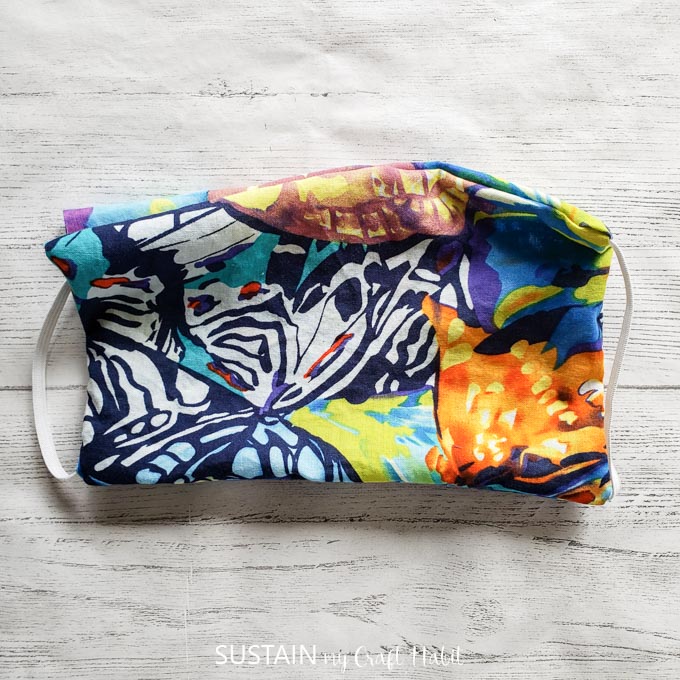
Edgestitch around the perimeter and stitch the opening closed.
Fold the short ends of the sewn face mask creating two pleats on both sides. Pin in place. Pleated side should measure 3.25” high for the adult size.
Sew the folded pleats in place and remove the pins.
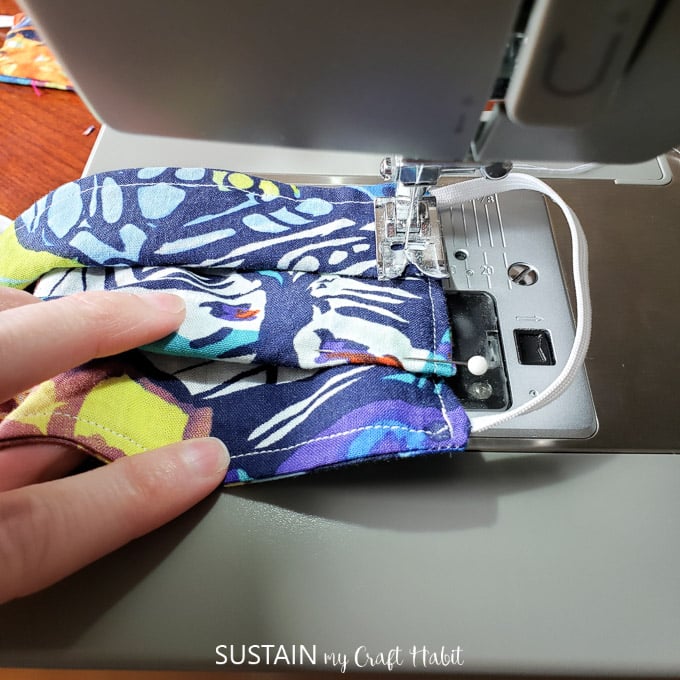
With that, the mask is finished and ready for use.
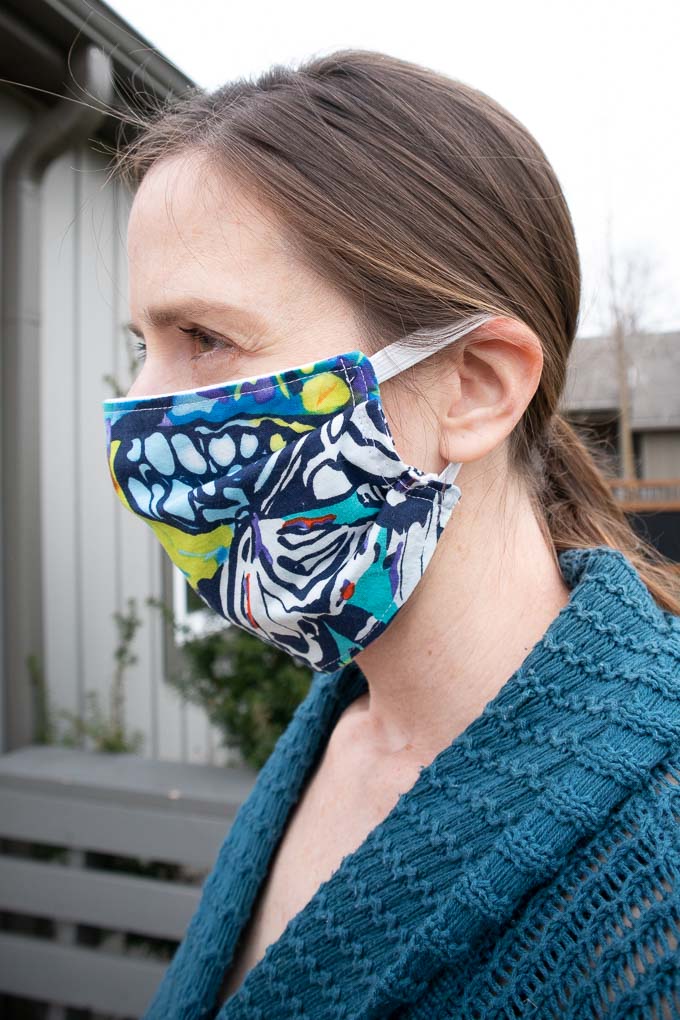
I know many others are in the same position as me, wondering what they can do to help out or how they can better protect themselves. Making a simple pleated face mask is at least one place to start.
Washing Your Fabric Masks
Do not wear a mask that is damaged or dirty. To clean your fabric face mask, place it in the washing machine as you do for regular laundering.
Additional Notes for Using a Fabric Mask
Disclosure: This post contains affiliate links for your shopping convenience. Should you choose to purchase through them, we will make a small commission at no extra cost to you. You can read our full disclosure policy here.
Like it? Pin it for later!


How to Make a Simple Pleated Face Mask with FREE Pattern
Materials
- Pleated Face Mask Pattern adult size
- Flat tightly woven fabric, 100% cotton or 100% polyester
- ¼” flat elastic
- Sewing Machine
- Fabric Scissors
- Pins
Instructions
- Lay fabric out on a flat surface. Place the pattern on the fabric and cut out or alternatively, cut out two rectangles measuring 6.5” high by 9.5” wide.
- Cut two pieces of elastic 5” long.
- Sew the ends of the elastics to the short ends of one rectangular piece (on the RIGHT side of the fabric) forming loops.
- Align the RIGHT sides of the rectangle pieces and sew all four sides with a ¼” seam allowance leaving a 3” gap opening.
- Turn the face mask inside out and press the edges flat with an iron.
- Edgestitch around the perimeter and stitch the opening closed.
- Fold the short ends of the sewn face mask creating two pleats on both sides. Pin in place. Pleated side should measure 3.25” high.
- Sew the folded pleats in place and remove the pins.
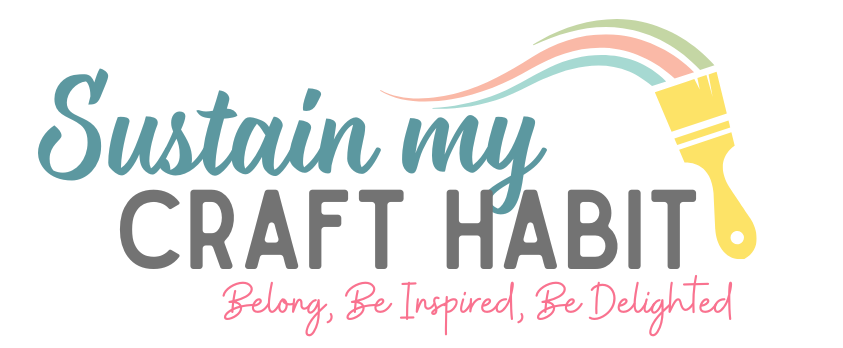


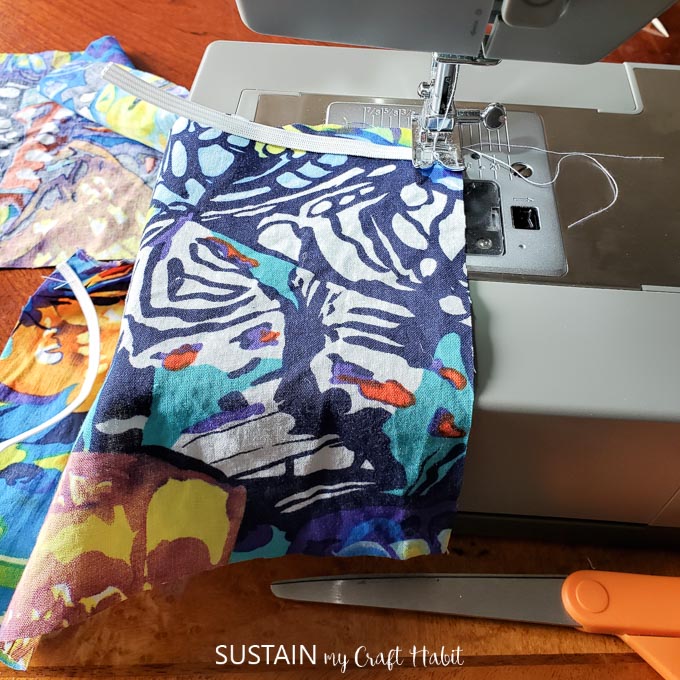




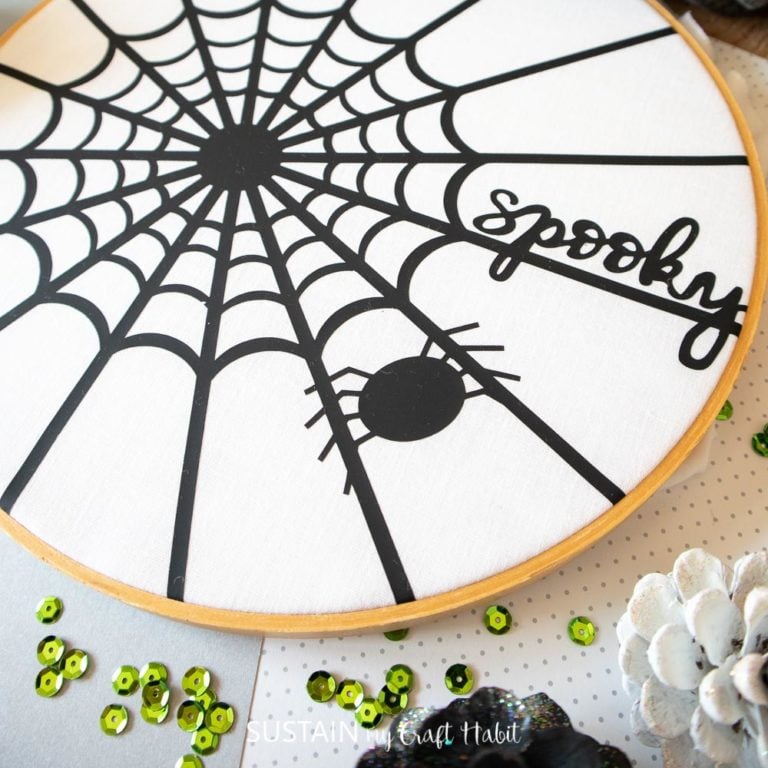
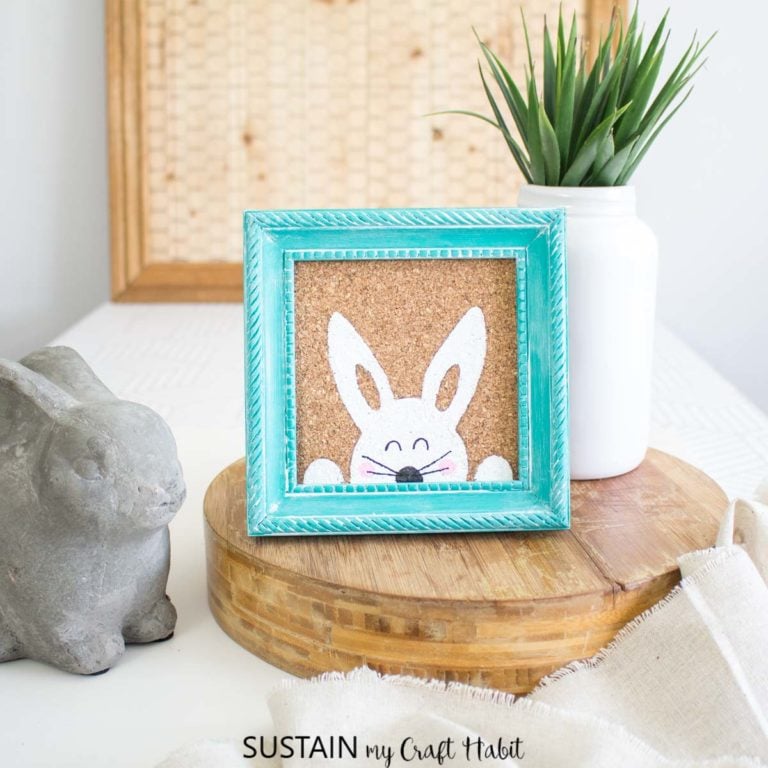
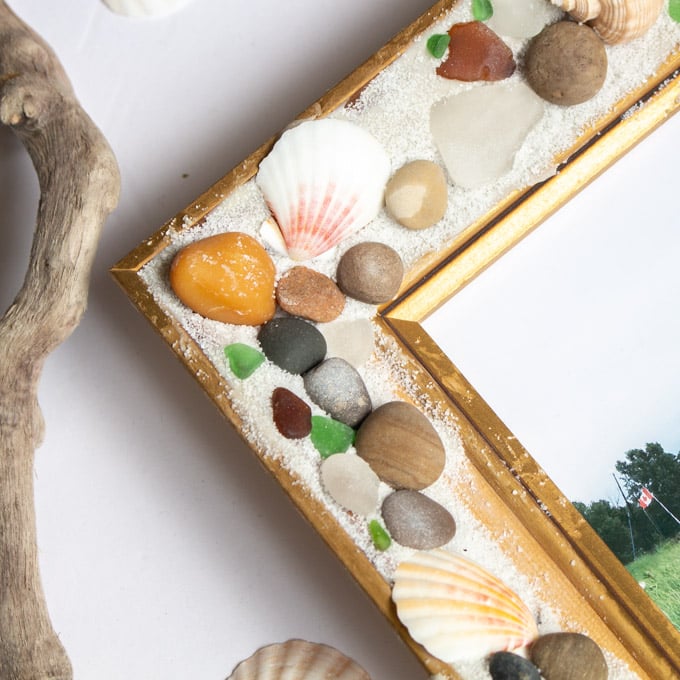


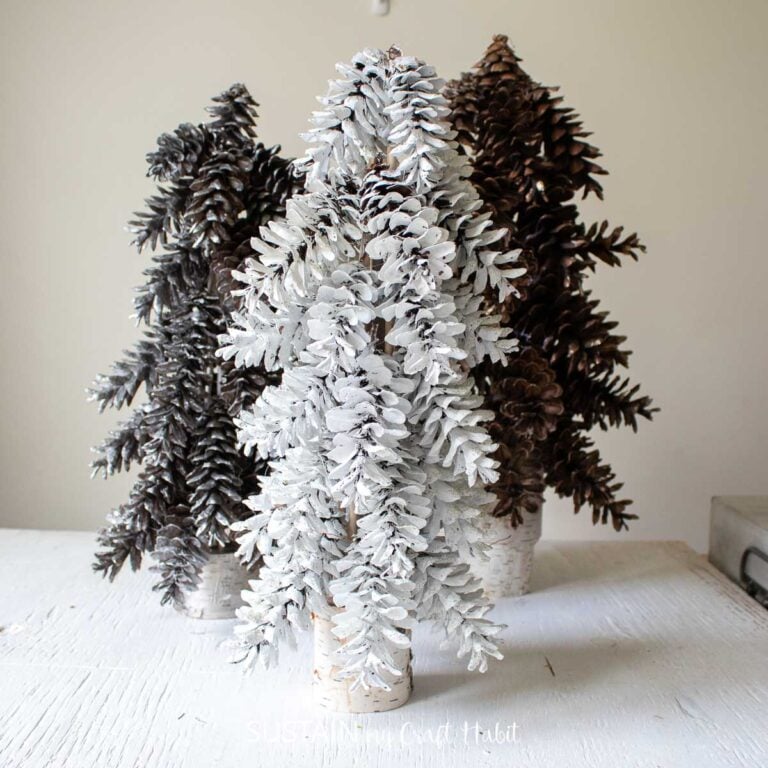
Well done ladies, I have also tried my hand at this and find it is quite addictive. I’m working on mask no. 6 right now. And boy do I have lots and lots of fabric that I did not know what to do with till now.
Thanks, Mary! Great job! I know the feeling, I also have a lot of fabric left over that I am glad to be able to use now. And I will keep making these masks as long as there are people who need them (or until I completely run out of supplies!).
This is a great tutorial. My mom has been making a lot of masks, too! I am not all that crafty, but you make me feel like I could possibly do this too!
Thank you so much, Jennifer. Crafty or not, I’m certain you can do this too!
If using the printed pattern for the pleated mask, be aware that it does not print out to 9.5 by 6.5. You will need to enlarge it..
Hi Mo, Thanks for your comment. When you go to print, ensure your printer settings are set to “actual size” ensuring your pattern will print out measuring 9.5″ long x 6.5″ wide/high (measuring from solid line to solid line, including the seam allowance for sewing).
Please send me the template via email i do not have a printer i need actual size to copy it off my pc screen lol